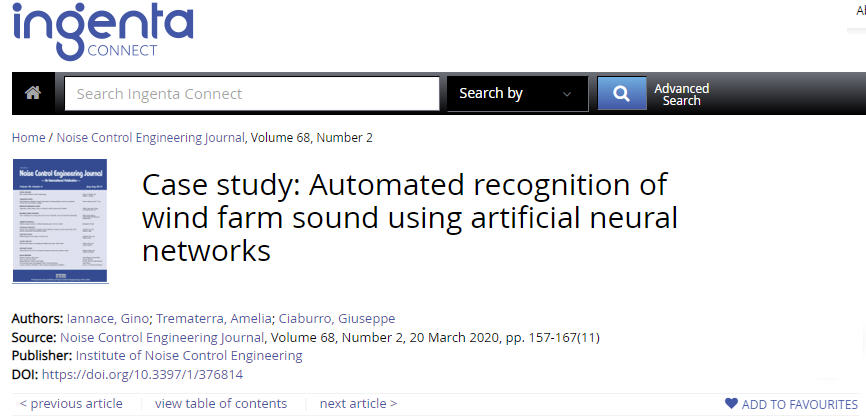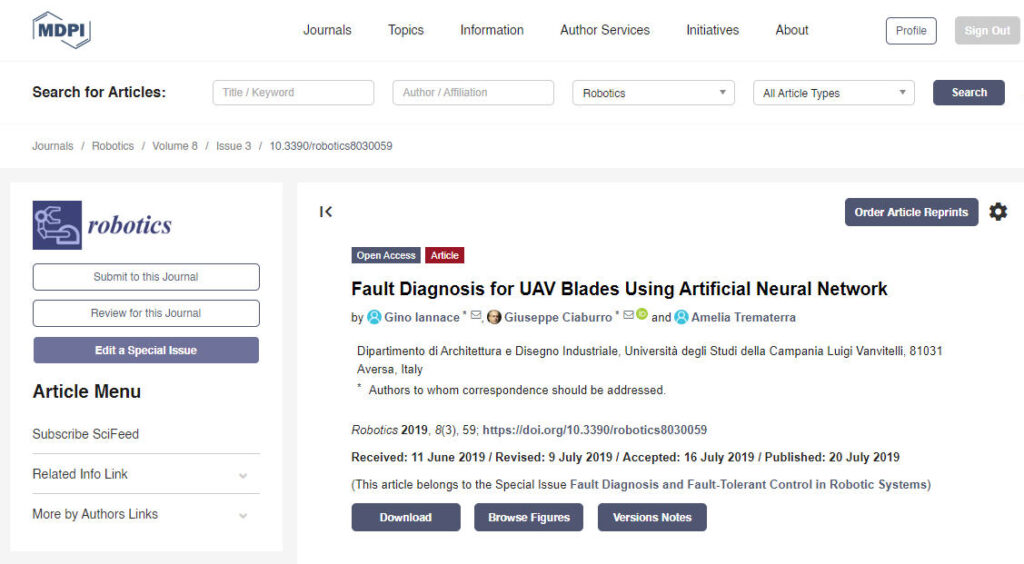
Wind energy has been one of the most widely used forms of energy since ancient times, with it being a widespread type of clean energy, which is available in mechanical form and can be efficiently transformed into electricity. However, wind turbines can be associated with concerns around noise pollution and visual impact. Modern turbines can generate more electrical power than older turbines even if they produce a comparable sound power level. Despite this, protests from citizens living in the vicinity of wind farms continue to be a problem for those institutions which issue permits. In this article, acoustic measurements carried out inside a house were used to create a model based on artificial neural networks for the automatic recognition of the noise emitted by the operating conditions of a wind farm. The high accuracy of the models obtained suggests the adoption of this tool for several applications.
https://doi.org/10.3397/1/376814

